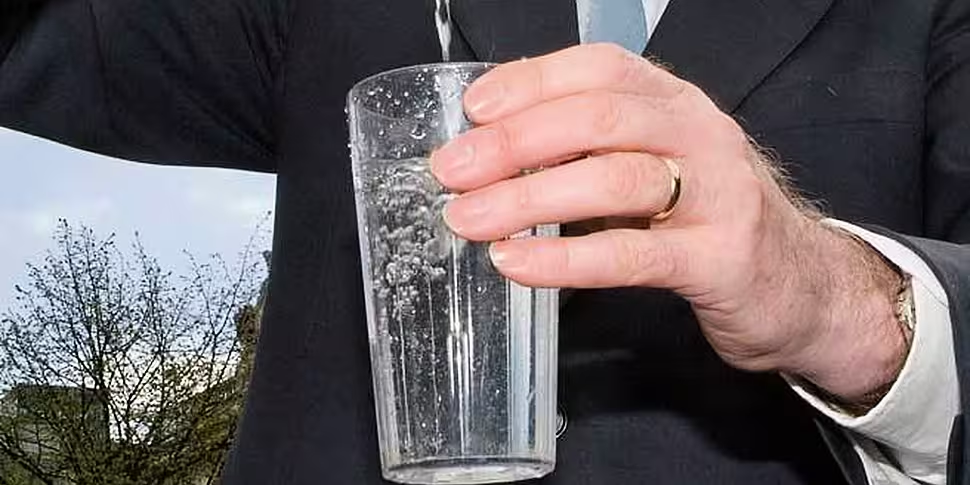The EPA says water for nearly one million people is at risk of contamination as it recommends priority improvements for 121 water schemes.
Over 20,000 people, on 20 public water supplies, are affected by boil notices.
The EPA is recommending priority improvements on 121 water supplies, which provide water to 940,000 people.
It's a slight drop on the number of supplies earmarked for essential improvements at the beginning of last year but at least 21 will not completed until next year at the earliest.
Among the issues are a lack of proper management at water treatment plants and work on disinfection system to remove bugs include e-coli and cryptosporidium.
Over 99 percent of supplies comply with microbiological and chemical limits, according to the EPA's Drinking Water Report for 2013 released today.
This morning, Darragh Page, Inspector with the drinking water team for the EPA spoke to Newstalk Breakfast and explained how the water testing system works.
"We've identified 121 supplies which are up on the EPA immediate action lists."
"The cost is part of the investment plan and that's something that Irish Water have been liaising with the Commission of Energy Regulation to deal with but it will certainly be a significant cost."
"They do need investment."
Commenting on the report, Mr. Gerard O’Leary, Director of EPA’s Office of Environmental Enforcement said: “Overall, the compliance rate in public supplies is good but this masks the specific and serious problems occurring in some supplies and the significant risk of future problems. Investment is needed to improve the supplies where people cannot use their water and to reduce the risk of other supplies failing to meet the required quality standards in the future.”









